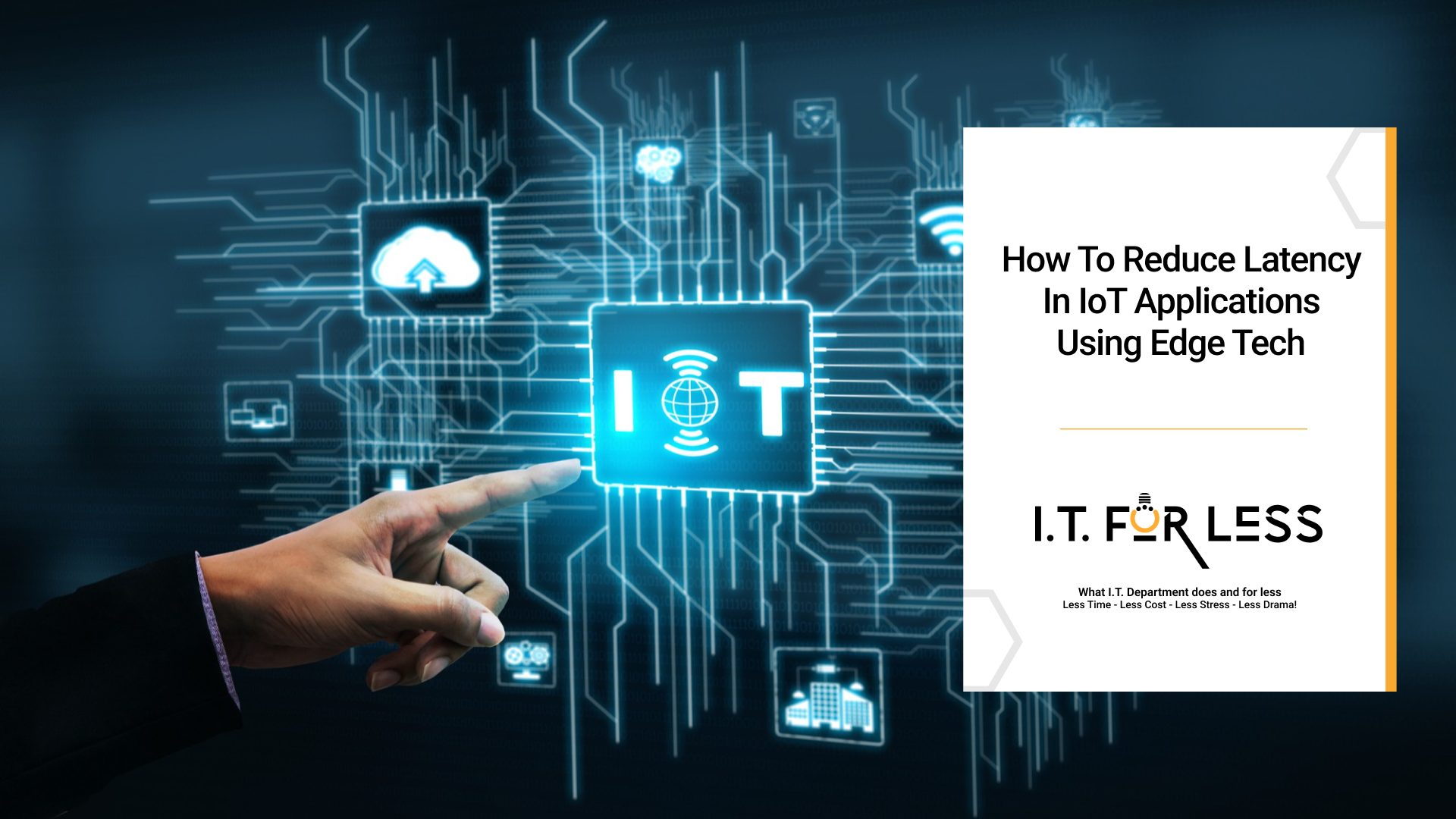In the fast-paced world of IoT (Internet of Things), milliseconds matter. From autonomous vehicles to smart manufacturing, latency — the delay between data generation and response — can determine whether a system performs efficiently or fails entirely. As IoT networks grow in complexity, traditional cloud architectures often struggle to keep up. The solution? Edge computing.
Why Latency Matters in IoT
IoT devices constantly generate massive amounts of data. Sending all that information to the cloud for processing introduces delays, especially when networks are congested or geographically distant. For applications that depend on real-time insights — like remote surgery, industrial automation, or autonomous drones — latency can’t be ignored.
Reducing latency means enabling faster decision-making, improving reliability, and ensuring smoother operations across connected devices.
How Edge Computing Helps
1. Processing Data Closer to the Source
Edge computing moves data processing from centralized cloud servers to local edge nodes — devices or gateways near the data source. This minimizes the distance data must travel, drastically cutting latency.
2. Enabling Real-Time Decision Making
By analyzing data locally, IoT systems can respond instantly to environmental changes or operational triggers. For example, an edge-enabled sensor in a factory can detect equipment overheating and take corrective action immediately.
3. Reducing Bandwidth Load
Since edge systems only send essential data to the cloud, bandwidth usage drops significantly. This not only speeds up response times but also reduces operational costs.
4. Enhancing Reliability and Security
Edge devices can continue functioning even if cloud connectivity is lost. Additionally, local processing means sensitive data doesn’t always leave the device, reducing exposure to cyber risks.
Combining Edge with 5G for Maximum Performance
When edge computing meets 5G, latency is reduced even further — to just a few milliseconds. This powerful combination allows businesses to deploy high-performance IoT systems capable of real-time analytics, predictive maintenance, and intelligent automation.
Conclusion
Reducing latency in IoT applications isn’t just a technical upgrade — it’s a strategic move that drives efficiency, safety, and innovation. By leveraging edge computing, businesses can transform IoT data into immediate, actionable insights.
Partner with I.T. For Less today and take the first step toward building an edge-powered IoT strategy that keeps your IT flowing as effortlessly as your ambition.
